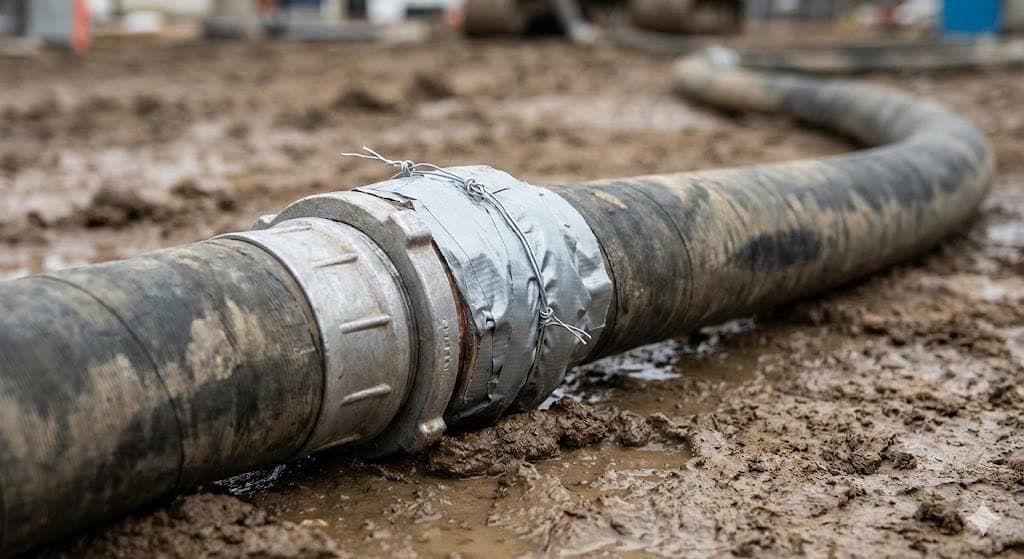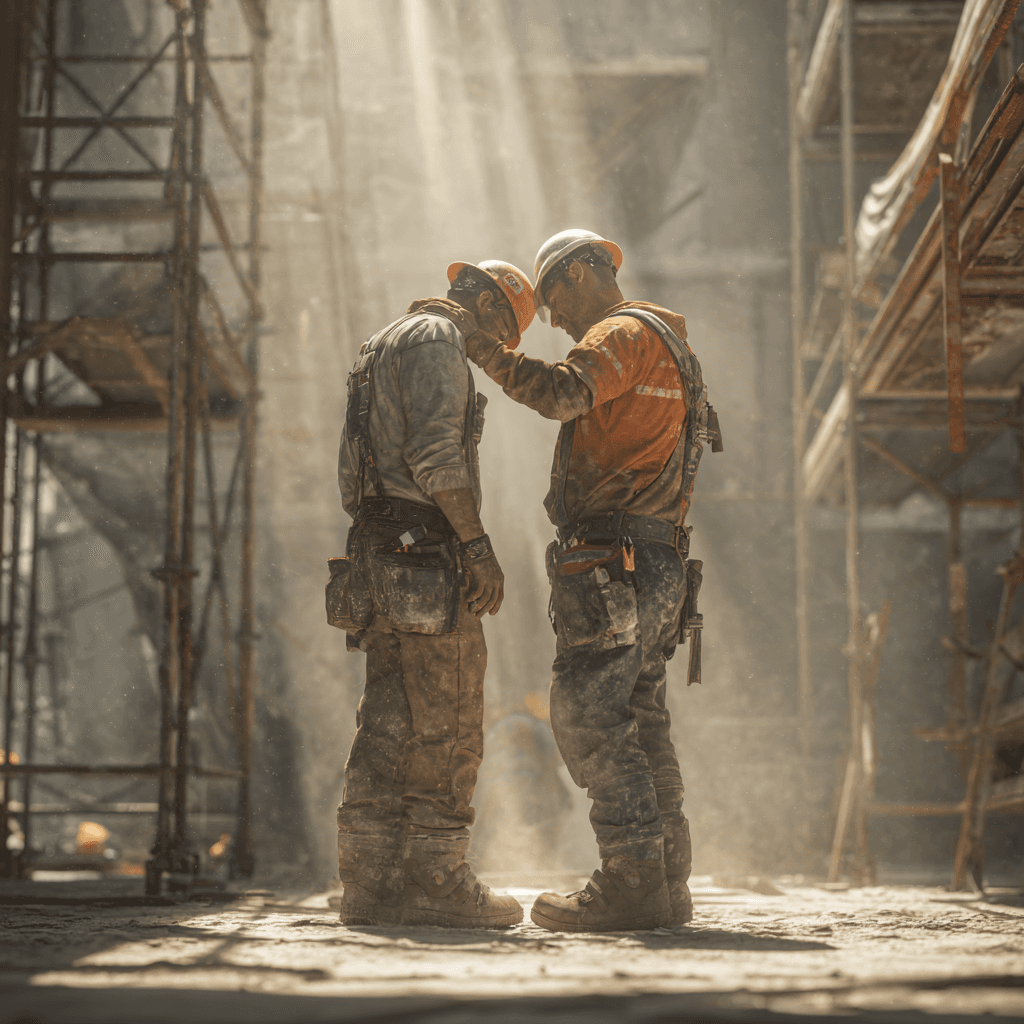Heat Illness Is on the Rise: Are Protections Keeping Up?

Brady Keene
Co-founder, COO and Head of Safety

The heat is getting worse, but protections are not keeping up.
Extreme heat is no longer just a seasonal concern, it’s a growing threat to workers in construction, manufacturing, landscaping, warehousing, and more. According to BLS, dozens die and thousands suffer serious heat-related symptoms each year. These figures likely understate the true scope, as many incidents go unreported or misclassified. One study estimates the total economic loss from heat in the United States to be at least $100 billion annually, a figure that will double by 2030 and quintuple by 2050 if we don’t reduce our greenhouse-gas emissions or adapt to the changing climate.
Despite clear science and simple solutions, too many employers still neglect heat safety. The CDC lists tell-tale signs like dizziness, confusion, nausea, rapid heartbeat, and even dry skin when sweating stops. At the first hint of these symptoms, immediate action is critical. Yet most worksites lack a written heat plan, shaded rest areas, or proper awareness.
Employers have guidance at their fingertips. OSHA’s Heat Illness Prevention recommends:
- Cool water within easy reach, refreshed every 15 minutes
- Frequent breaks in shaded or air-conditioned areas
- Gradual acclimatization for new or returning workers
- Training to spot and respond to heat stress
- Real-time monitoring via tools like the NIOSH Heat Safety App
But even these measures fall short without daily commitment.
Can Tech Advances Help?
In the near future, AI-powered tools will help close the gap between knowing what to do and actually doing it. At Stepo.ai, our safety assistant Sophie is being developed to serve as an on-the-job coach. During a Job Hazard Analysis, Sophie will identify your location, check the latest weather forecast, and ask workers, “Will you be in direct sunlight for more than two hours today?” Based on the response, she’ll send proactive reminders via text or phone throughout the day, prompting hydration breaks, rest periods, and other essential precautions. This kind of real-time guidance helps keep safety front and center, even when fatigue or production pressure starts to creep in.
This is more than just summertime heat.
Heat stress is now a year-round concern. Indoor environments, warehouses, kitchens, and manufacturing floors often reach dangerous temperatures without proper ventilation. Vulnerable groups, such as temporary staff and physical laborers, face a higher risk yet may lack the authority or knowledge to speak up.
We don’t need more bureaucracy, we already have the tools. What we need is leadership. One extra water break, one timely reminder, one real conversation could mean the difference between a safe shift and a tragedy.
Take action today: review your heat illness plan, update training, and integrate technology like Sophie to reinforce daily safety checks. Heat illness is predictable and entirely preventable.
Related Posts
Continue reading with these related articles


